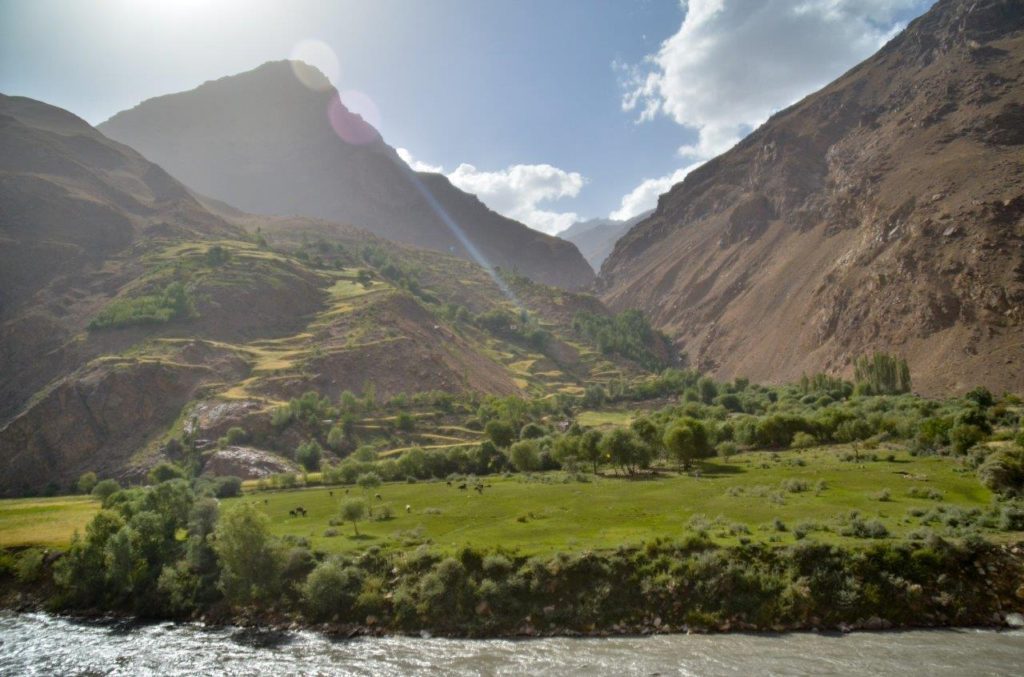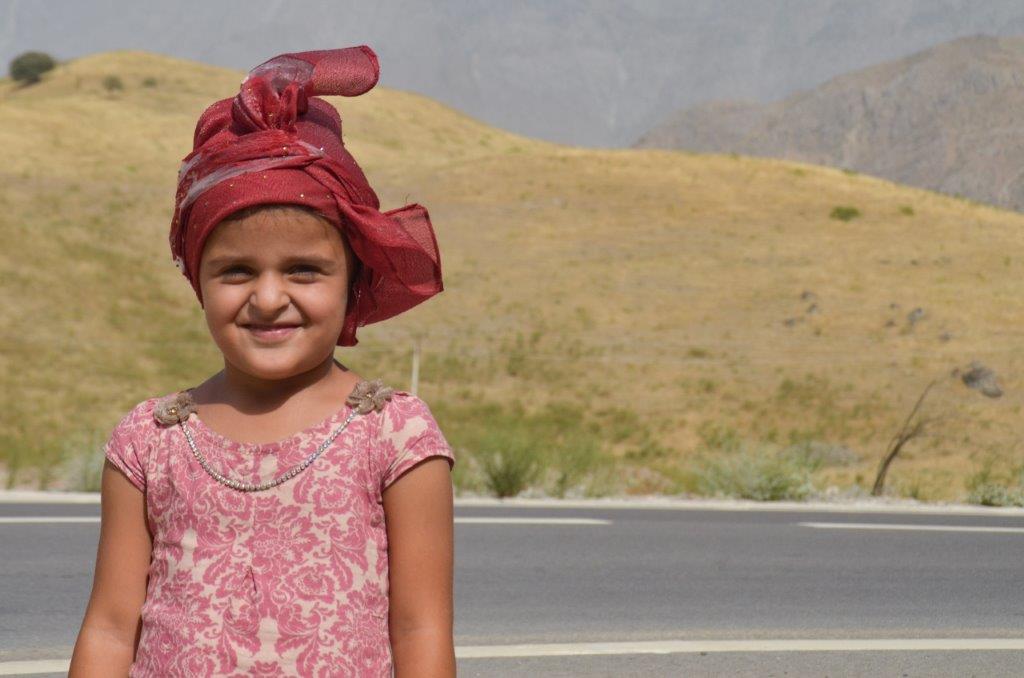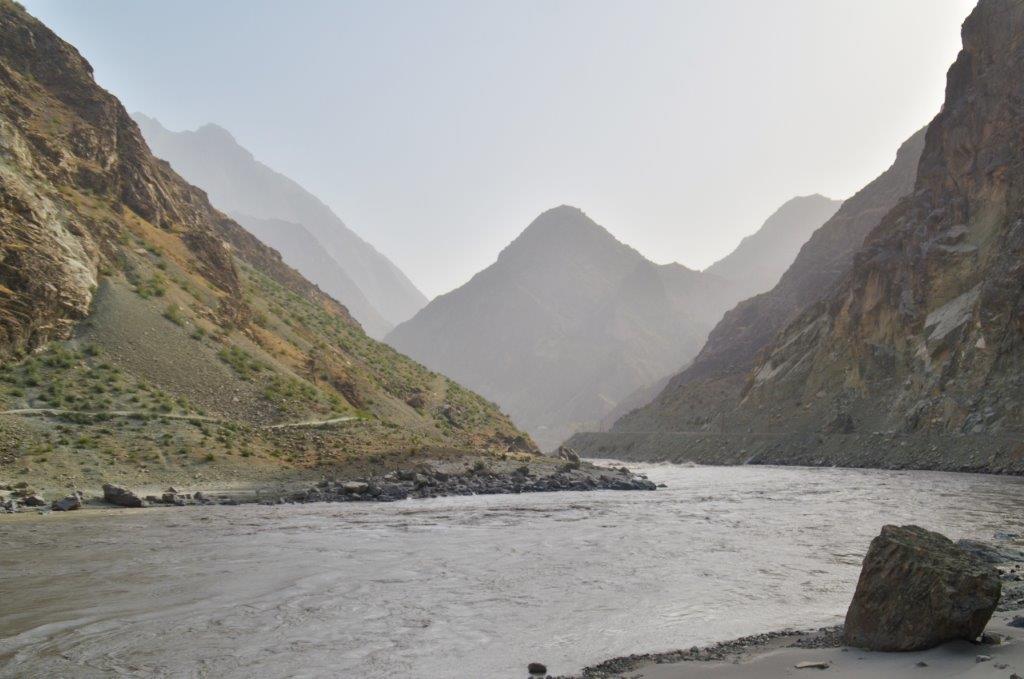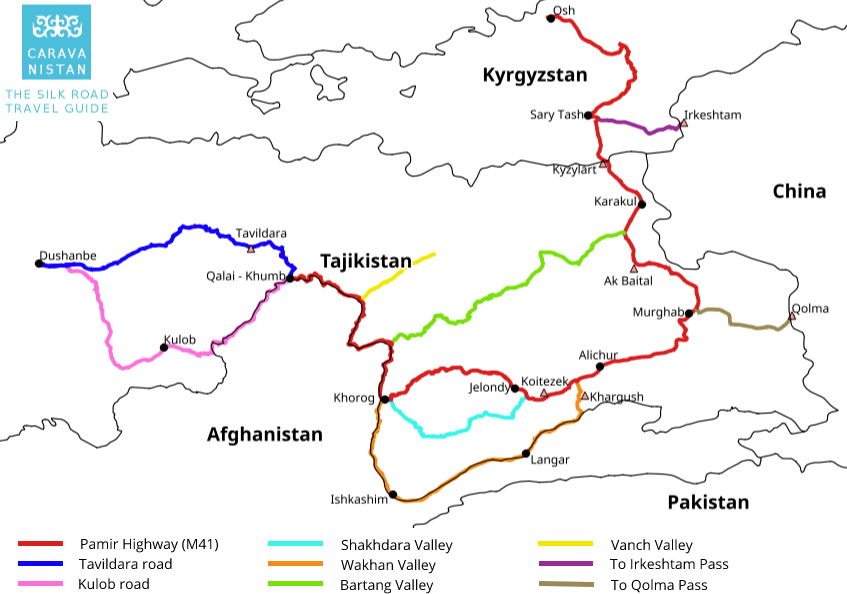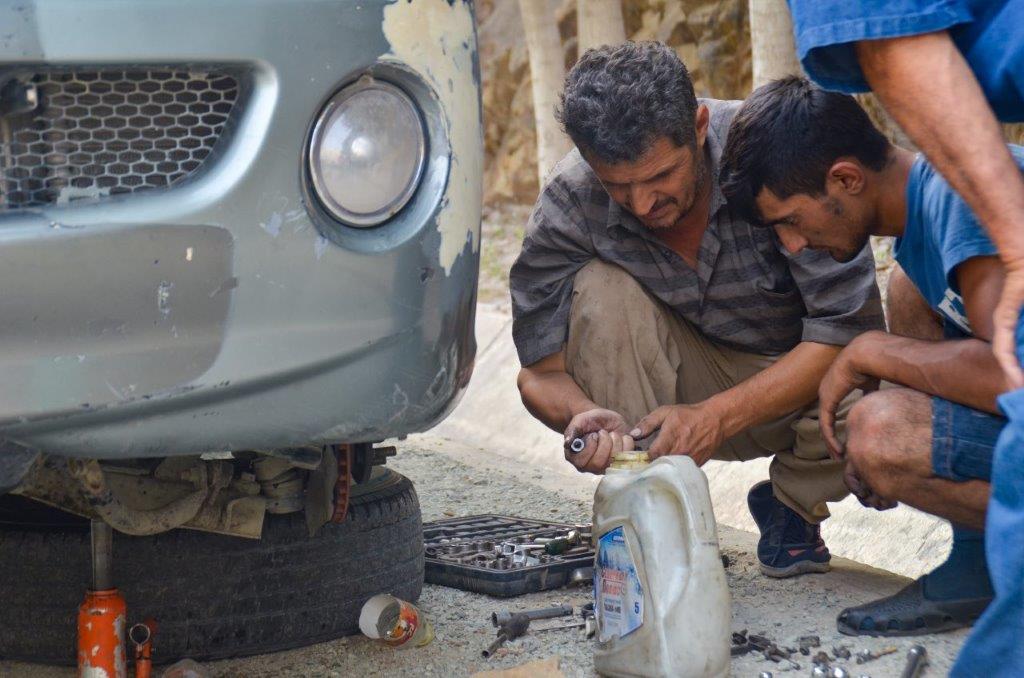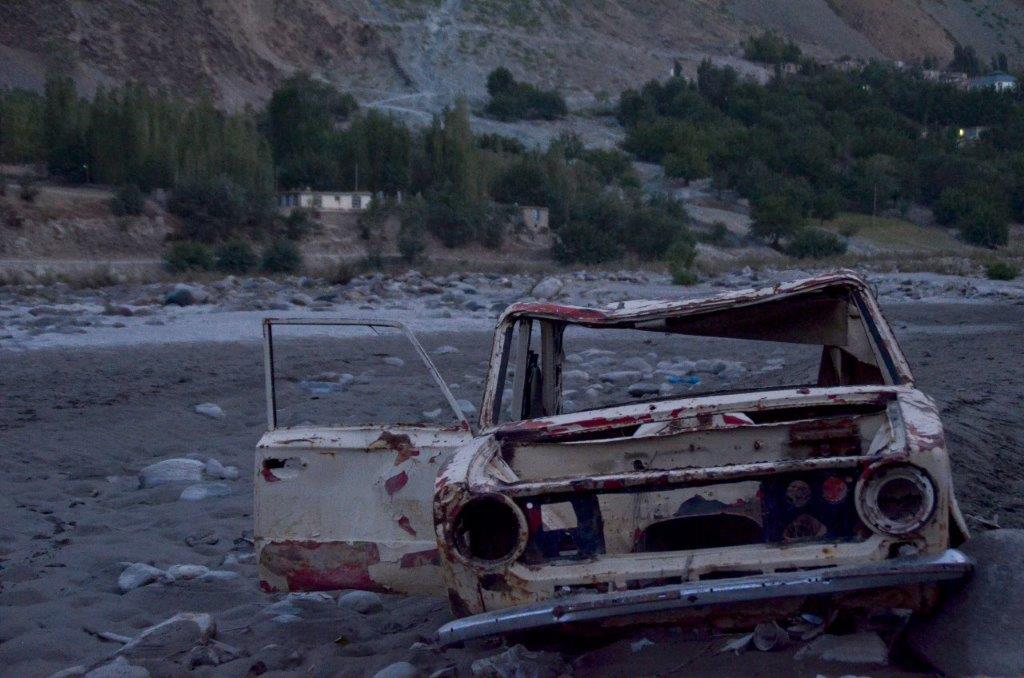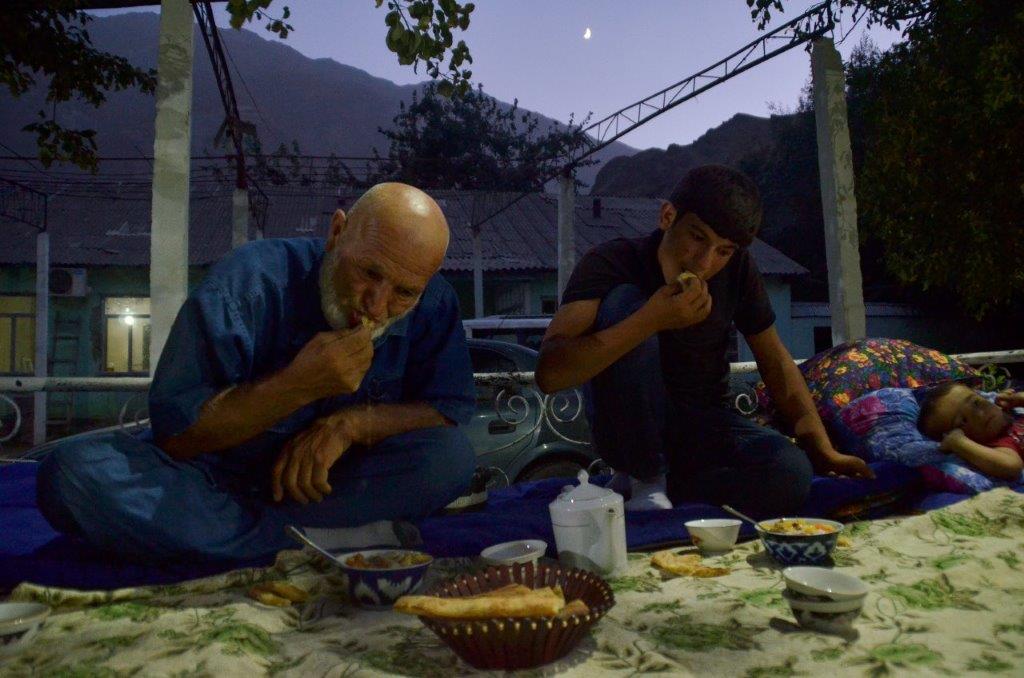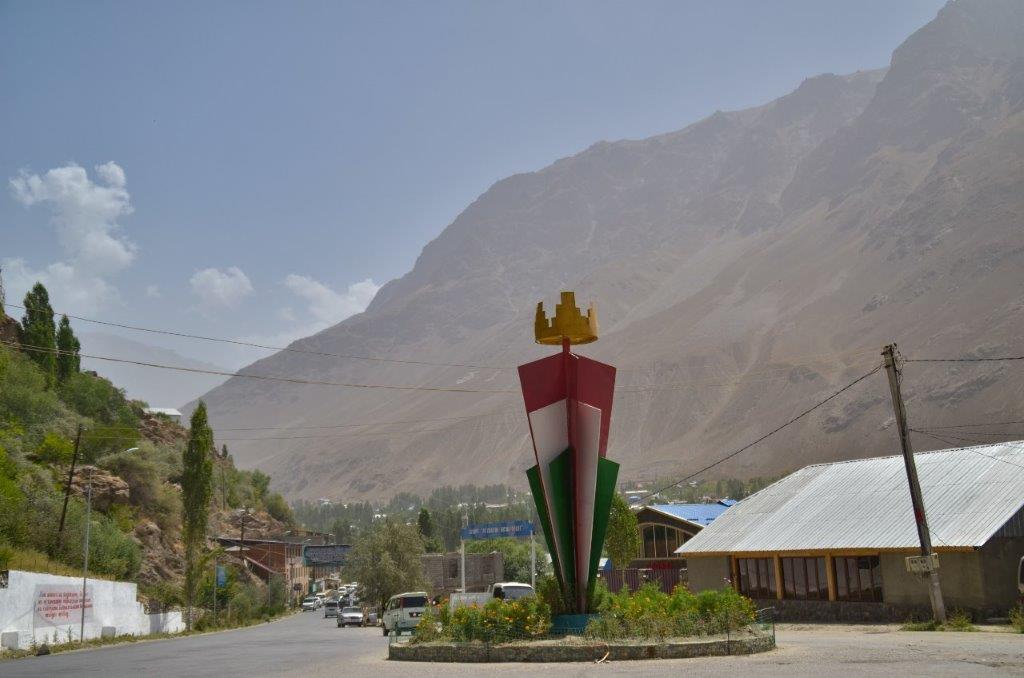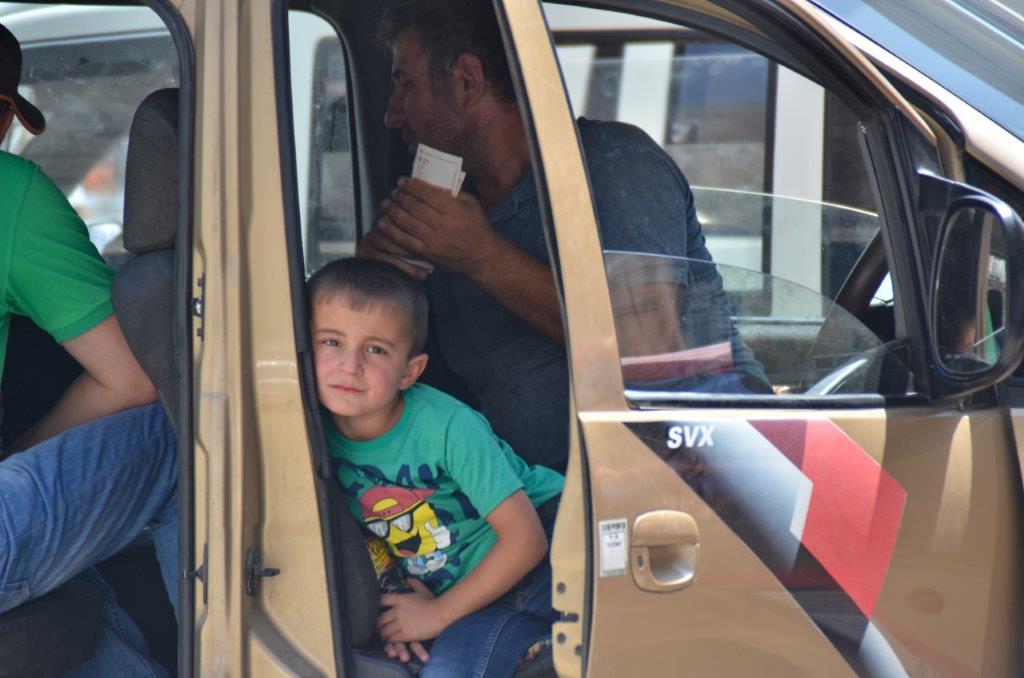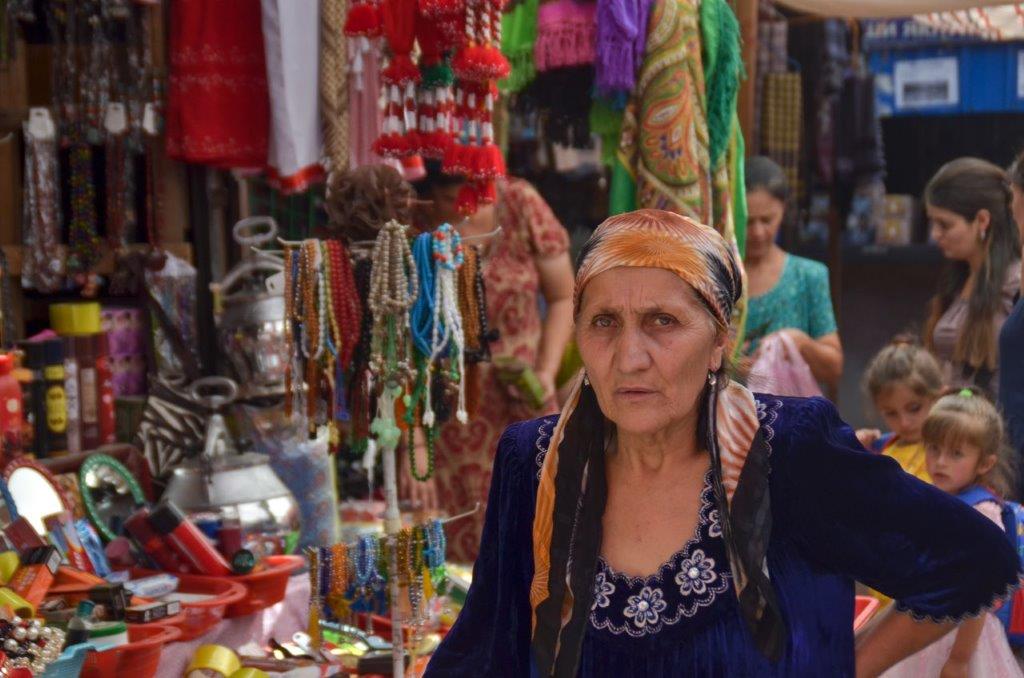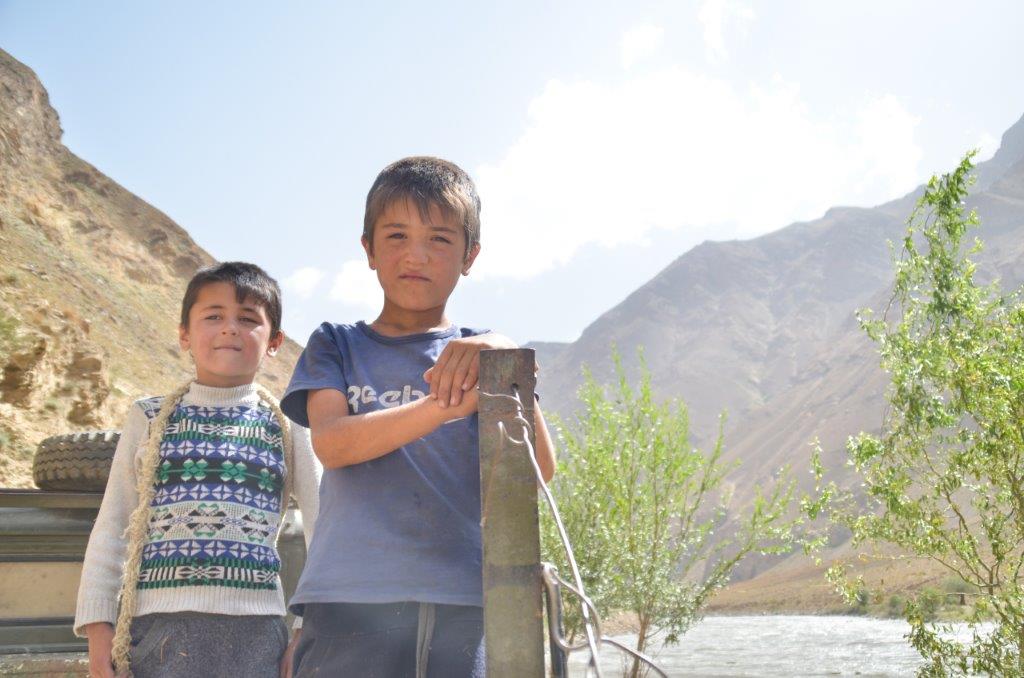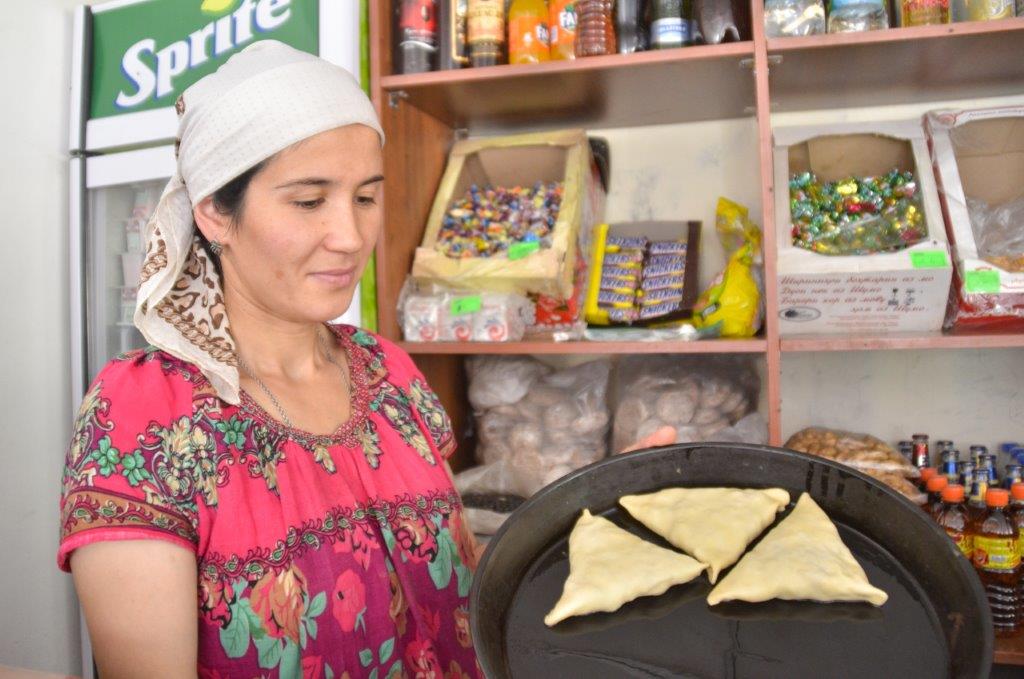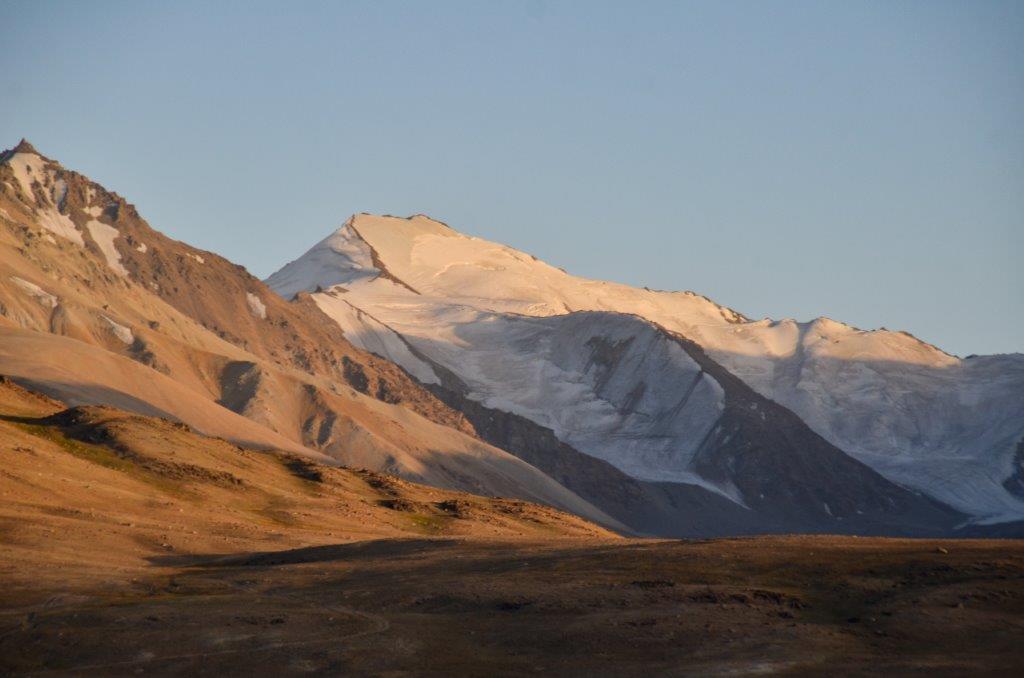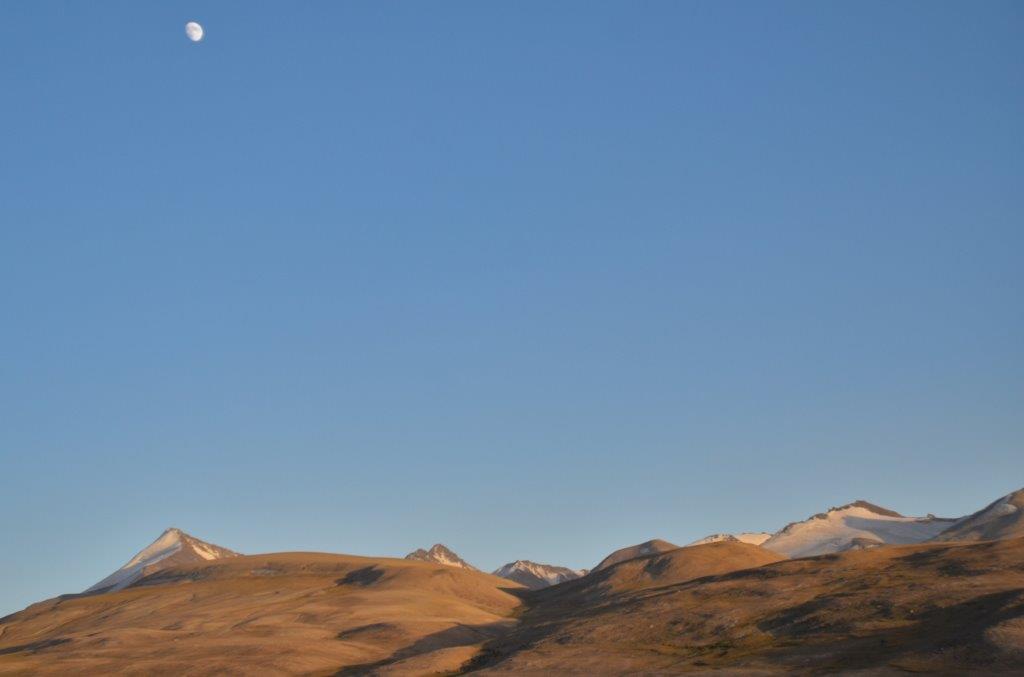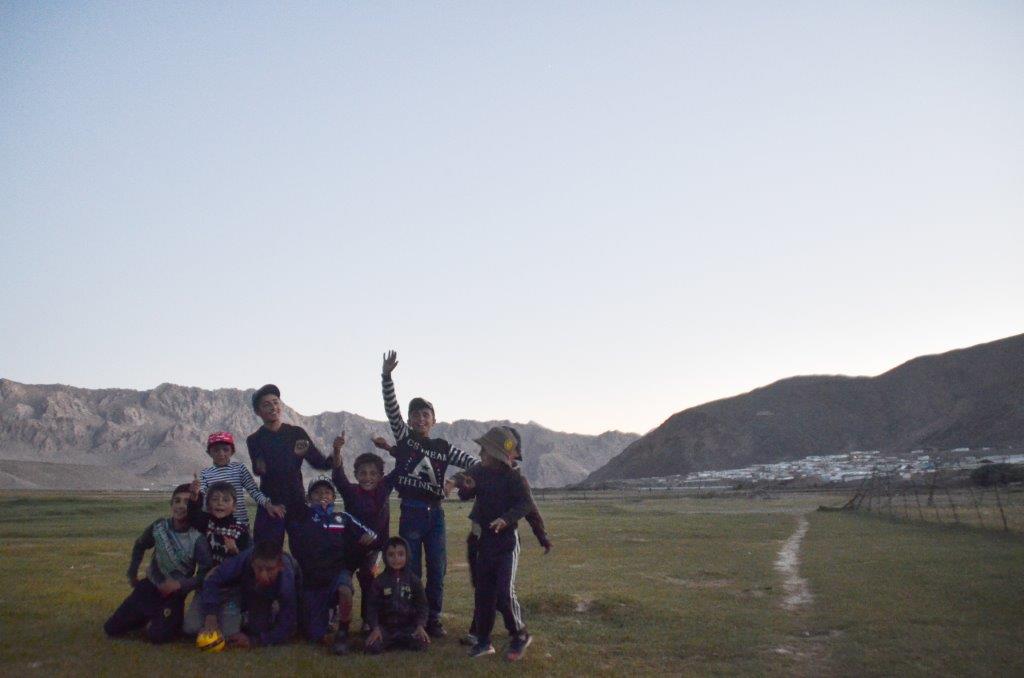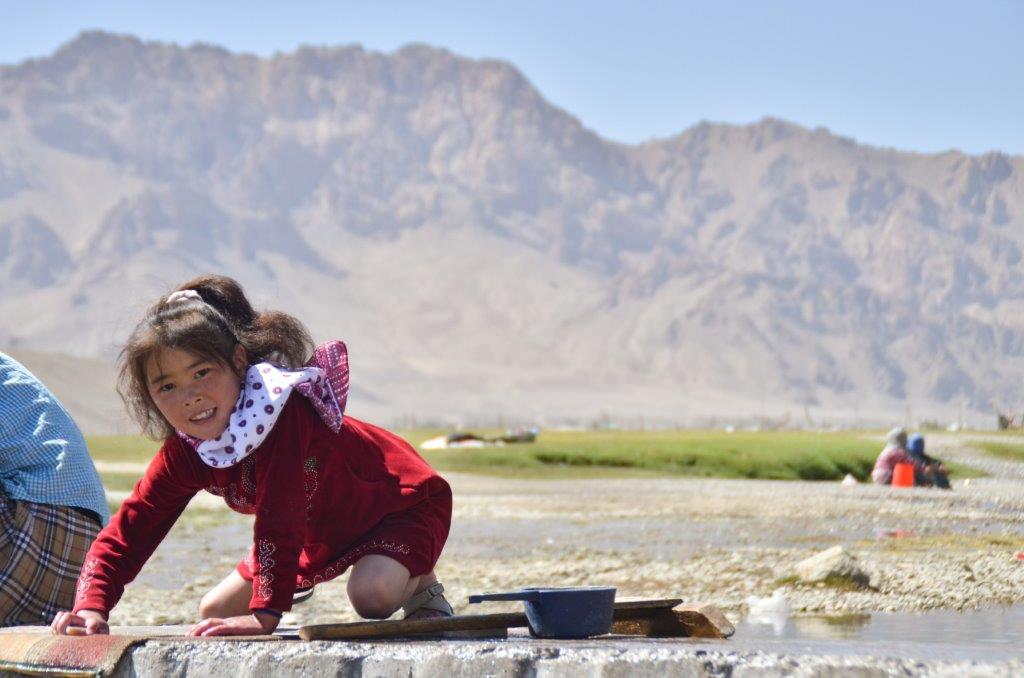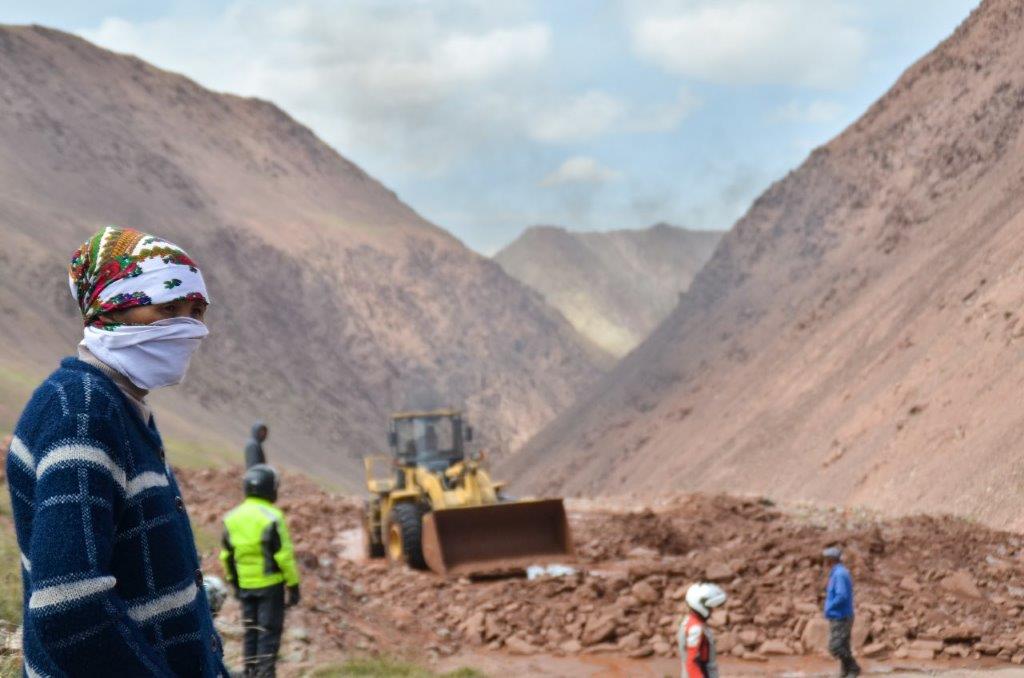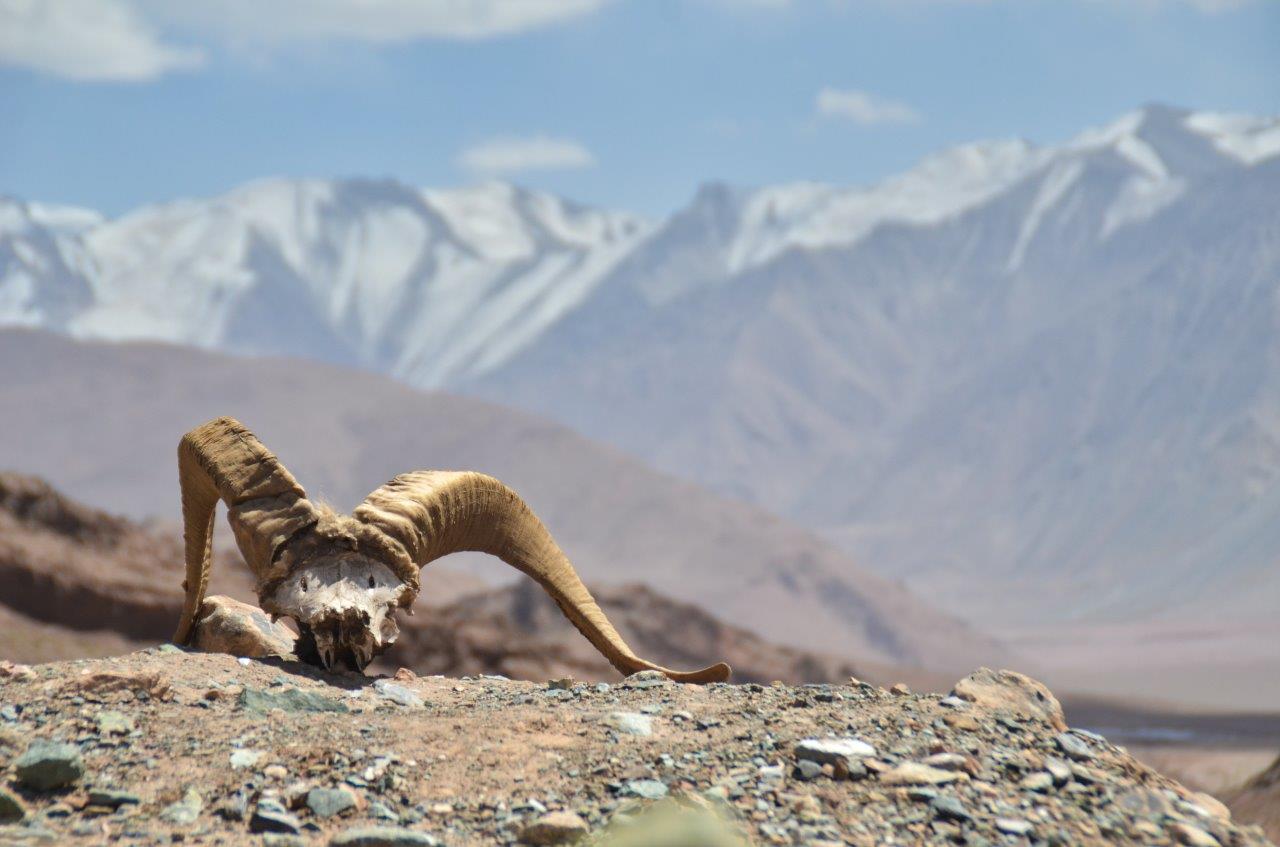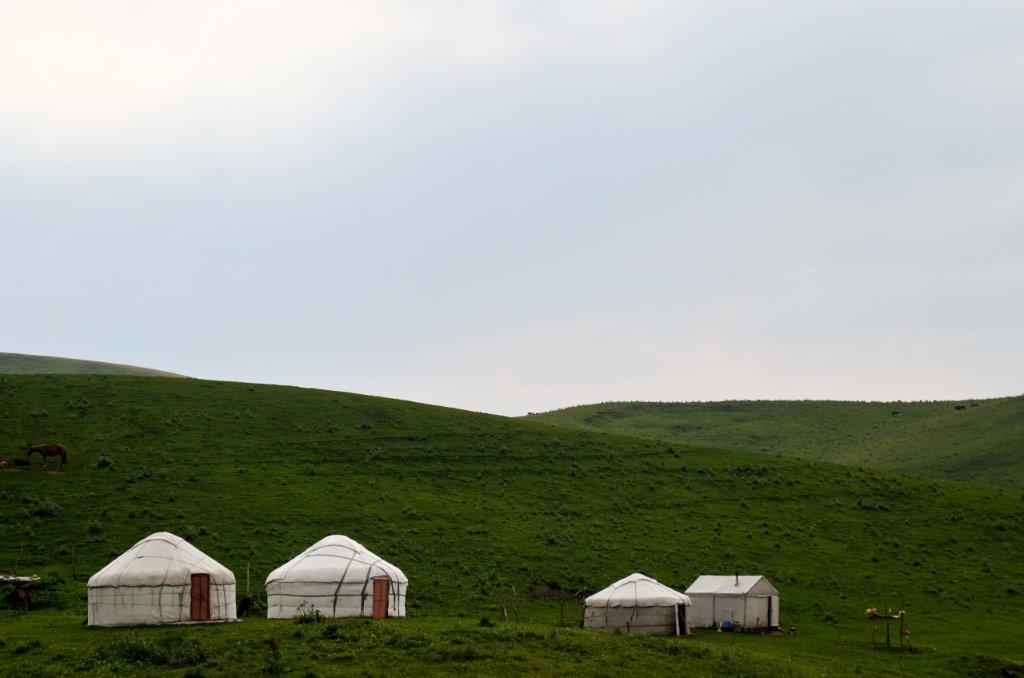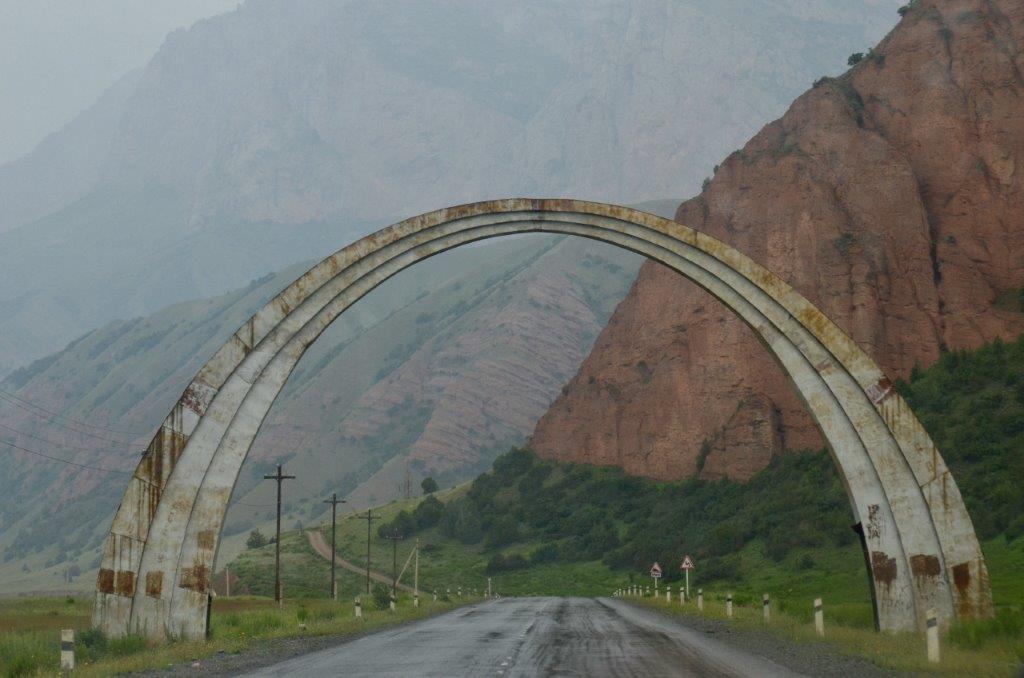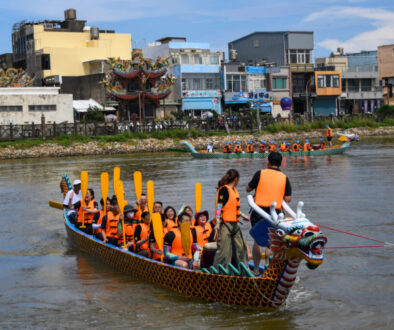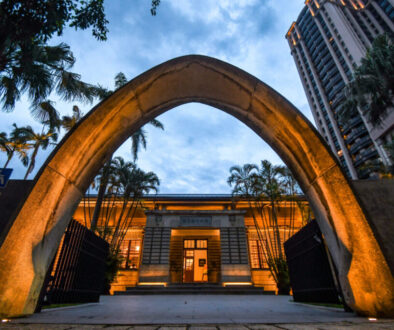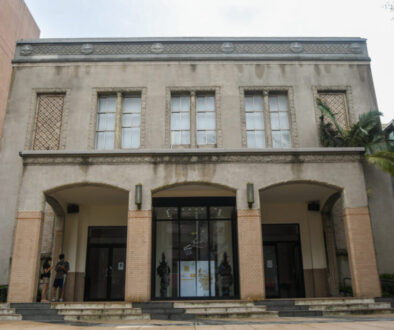The Pamir Highway on Public Transportation
Setting Off From Dushanbe On The M41 Highway
The Pamir Highway (M 41), the second-highest international highway in the world behind the Karakoram Highway, is the pinnacle of any trip through Tajikistan. Construction of the Pamir Highway was originally begun during The Great Game and finished by the Soviet Union. M41 served as the main supply line to the Gorno-Badakhshan region of Tajikistan, it also was essential during the 1980s invasion of Afghanistan.
The Pamir Highway not only is the highest international road in the world but also one of the most dangerous. Despite the risks, tourists have gradually begun venturing to the bosom of these majestic snow-capped mountains to truly travel to the edge of the world.
The two main starting points for the Pamir Highway is from either Dushanbe in Tajikistan or Osh in Kyrgyzstan. Regardless of what city you decide to begin your journey from, you will find plenty of tourists traveling along M41. When taking public transportation it is important to reach the bus station early. Shared taxis will only leave when the car is completely full, the later you arrive the more difficult it will be to find other passengers.
The price from Dushanbe to Khorog should cost at least 350 somoni (27 USD) and taking anywhere between 14-22 hours. One of the factors which will determine how long the trip will be is what kind of car you ride in. Be sure to look at the overall quality and condition of the vehicle before agreeing on a price.
You can find a comprehensive list of fares in Tajikistan here!
You can get your Tajikistan e-visa here!
Driving South to the Afghan Border
There are two routes which the driver will take when driving from Dushanbe to Khorog. The first route being the northern Tavildara Road the other is the Kulob Road which drives along the Afghan border. Be sure to get the most recent updates on the road conditions along the Pamir Highway. In July 2018 a bridge was washed out along Tavildara Road making it impossible to pass.
Many tourists who were doing the Mongol Rally were forced to turn back to take the southern route. The Kulob Road grants travelers a showcase of Afghanistan’s villages and countryside along the Panj River. The landscape changes drastically from the low laying scorched plains around Dushanbe to the high rugged mountains along the border. Faces pressed against the window, local Tajiks and tourists alike all peered into Afghanistan hoping to catch a glimpse of life.
Is Tajikistan Safe?
Tajikistan is definitely an adventure travel destination. When traveling on the Pamirs one needs to also be aware of the risks, the most common of these will be car trouble. The Pamir Highway is known as one of the most dangerous roads in the world for a reason. When driving along the narrow dirt roads along the Panj River, there is an over 20-meter drop to the rushing waters below in some portions.
These unpaved roads give taxis quite a beating, causing the cars to often break down by the side of the road. In general, there is a common courtesy among driver on the Pamirs Highway. Whenever someone is seen having car trouble, it is customary for passing cars to offer a hand in the repairs. This is another reason why it is key to choose your car carefully when departing from Dushanbe. The quality of the vehicle can make the difference between a 14-hour trip and a 23 hour trip to Khorog.
This was also the location of a terrorist attack in 2018 where an extremist purposely ran into a group killing four foreign cyclists. The question then arises: Is Tajikistan safe? Contrary to what many may think, Tajikistan is an extremely safe country to travel through. The highways have frequent police check-points which document the passenger’s permits and passports. The countries in Central Asia all have a strict stance of secularism, which some say even attribute to this random act of violence.
Thinking about crossing the border to Afghanistan? Read about traveling to Ishkashim here!
Night Falls on Qalai Khumb
For those wishing to break-up the strenuous voyage from Dushanbe to Khorog, Qalai Khumb is your oasis in the unforgiving valley along the Panj River. As night begins to set in, passengers may begin to worry not only about the perilous fall into the black off the side of the cliff but also the state of their driver.
In most cases, however, the car will only make a pit-stop in Qalai Khumb to fuel up on gas and continue onwards to Khorog. This town is actually the official start to the Pamir Highway, being the point where the Tavildara and Kulob roads converge. Many guesthouses can be found with signs welcoming bikers and tourists to their hotel and to the M 41 Highway.
Wanting to truly immerse yourself in the culture of the Silk Road? Be sure not to miss Khiva in Uzbekistan!
Arriving in Khorog
After a long tiring journey, most travelers find themselves spending a few days in Khorog to recuperate. Khorog is a hub for tourists going to Dushanbe, the Wakhan corridor, and Kyrgyzstan via Murghab.
For those wanting the most up to date information for touring the Pamir Highway and even the current condition of crossing the border to Afghanistan, the PECTA office in Khorog has all of the contacts to help you plan your trip. They also provide high-speed wi-fi for those without internet. Khorog has many guesthouses, hotels, restaurants, and supermarkets, making this town the last taste of civilization before reaching Osh in Kyrgyzstan.
The town itself has little to entertain tourists other than exploring the bazaar. There are several Soviet monuments and even a Lenin statue which can be found looking over the valley. For most travelers, Khorog is merely the place where they organize and plan the rest of their trip through Tajikistan.
Wondering what traveling to Afghanistan is like for a woman? Read more here!
Exploring the City
As before mentioned, Khorog is the gateway to the Wakhan corridor and the Pamir Mountains. The region is also the backdoor for tourists wanting to visit Afghanistan. The easiest place in the world to apply for your Afghanistan visa is actually in Khorog. With a simplified process, many tourists can pick up their visa in a matter of days.
In Kohorog there are two main bus stations. The first and larger of the two is located next to the main bazaar which has shared taxis going towards Dushanbe and Murghab. The second and smaller of the two taxi stands are across the river, directly behind the bazaar with services going to Ishkashim in the Wakhan corridor.
For more information about getting your Afghanistan visa, click here!
Traveling to Ishkashim
The least taxing portion for most tourists touring the Pamir Highway would be the route leading into the Wakhan Corridor. The roads going towards Ishkashim are relatively better paved than the roads in the rest of the Gorno-Badakhshan region, making the trip from Khorog one of the shortest journeys taking only about 4 hours. The cost to Ishkashim should cost no more than 50 somonis (5 USD).
The drive to Ishkashim is also one of the most scenic areas in the country, mostly due to the Afghan side of the border flaunting its beauty with splashes of green amongst the desolate brown mountains. Once arriving in Ishkashim you will find it difficult to continue onwards into the Wakhan corridor with only a shared taxi. At this point, you will have to try your luck to tag along with other tourists who have already hired a driver or attempt at hitchhiking.
Hanis Guesthouse is the best place to stay while in Ishkashim.
Over the Roof of the World
The trip to Tajikistan would not be complete without traveling through the Pamir mountains. From the starting point in Khorog a shared taxi to Murghab, located in the heart of the mountain range, should cost around 150 somonis (16 USD) and take around 8 hours. As mentioned above, be sure to arrive early in the bus station, not only to increase your odds of a quicker departure but also to secure your spot in the front seat of the car, giving you a better view of the passing mountains and villages.
Although many self-drive tourists can be found on the side of the road grieving for their broken-down cars, this portion of the M 41 was surprisingly relaxing. There were portions of the highway which were destroyed by flooding and landslides, but the detours took no time at all. The drive up the Pamirs is where you truly feel like you are on top of the world, watching as the snowy mountain peaks and herds of goats pass by.
Traveling to Turkmenistan is not easy. Read on how to travel to this secretive country here!
Catching Your Breath in Murghab
Murghab is a collection of small white and brown houses tucked into a depression in the bossom of the Pamir Mountains. Many of the drivers which tourists hire to take them along the M 41 call this town their home. Murghab is interesting to explore with half of the city lining the northern mountains while the south is an expanse of green fields and marshes. Families can be seen following the winding dirt paths out to the river to wash their clothes and carpets. Groups of children will even invite tourists to join in a game of football.
Word to the wise, it is important to take it slow when exploring Murghab. It is easy to forget that you are 3,600 meters above sea level (11,860 feet), joining in a game of football will quickly leave you feeling as if icicles were driven through your lungs as you pant for breath. Due to how remote Murghab is, they only have electricity for several hours in the evening. For a true taste of Murghab culture try and visit during the At Chabysh Festival, usually hosted in July.
Pamir Hotel is one of the most popular places to stay in Murghab and for a cheap price.
The Border Crossing
From the Bazaar in Murghab, you will find the taxi stand with drivers going both north and south on the Pamir Highway. It doesn’t matter if your destination is Sary Tash or Osh, drivers will typically charge you the same price of 200 somoni (21 USD). The total journey will take around 10-12 hours, passing by more scenic mountains and the famous Karakul Lake. It is recommended to spend at least one day near the lake to truly appreciate its beauty. Continuing northward, you will eventually meet the Tajik immigration post.
Depending on the time of year, you may find a hoard of bikers, cyclists, tour groups, and locals all queued up to stamp out of the country. In August, the border crossing is still extremely cold, be sure to bundle up before reaching the crossing.
No man’s land between Tajikistan and Kyrgyzstan is massive, cars still have to dive for nearly 30 minutes before reaching the other side. The border is also not immune to natural disasters either. Mudslides and falling rocks are common, which can leave travelers stuck between borders for hours before finally being able to pass through.
Wanting to travel to the famous Samarkand in Uzbekistan? Read more here!
Welcome to Kyrgyzstan
The rugged brown mountains of Tajikistan quickly turn into a rich green when crossing into neighboring Kyrgyzstan. The Sary Tash region is blessed with rolling green hills and alpine mountains. The differences in the landscape could not be any more vast. While Tajikistan gives one the feeling of going over the rood of the world, Southern Kyrgyzstan is like driving over heaven. Low lying clouds and idyllic countryside stretches out as far as the eye can see.
For whatever reason, if you need to control your time or unable to find other tourists to join you on your Pamir journey, traveling by shared taxi is still sure to leave you with an incredible impression. The drivers were all very willing to stop for pictures whenever a tourist in their car pulled out their camera.
If you do decide to hire your own private driver, a 6 day trip from Osh to Khorog via the Wakhan corridor should cost no more than 700 USD. From Khorog it is best to contact the PECTA office for prices, while in Osh the best tours can be booked with Osh Guesthouse. No matter how you plan your trip, the Pamir Highway is always at the top of the bucket list for most adventure tourists. With a private driver or a shared taxi, M 41 is still one of the world’s most exhilarating destinations, located no other than on the roof of the world.

